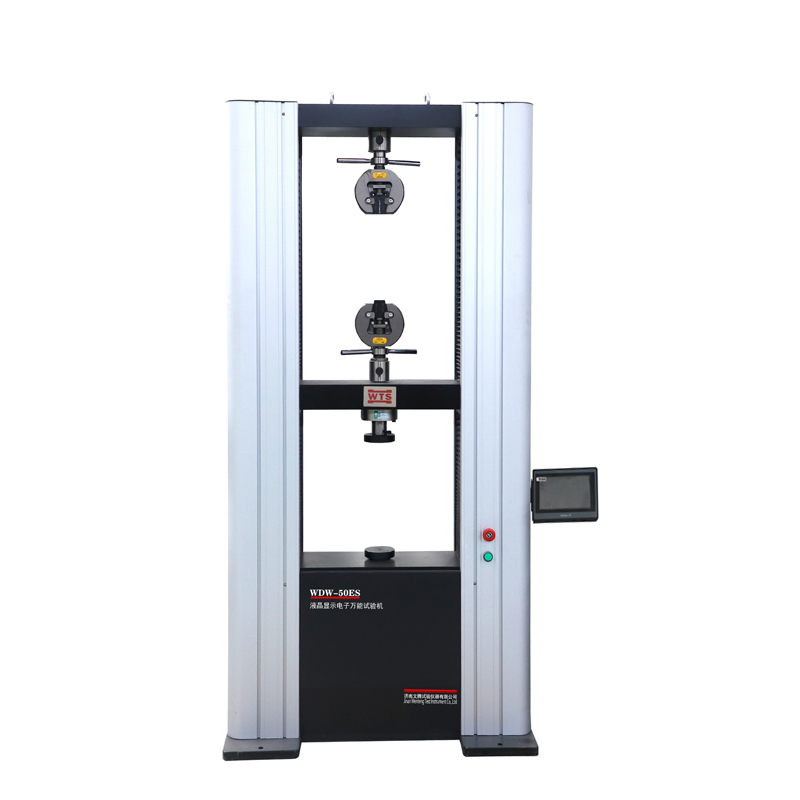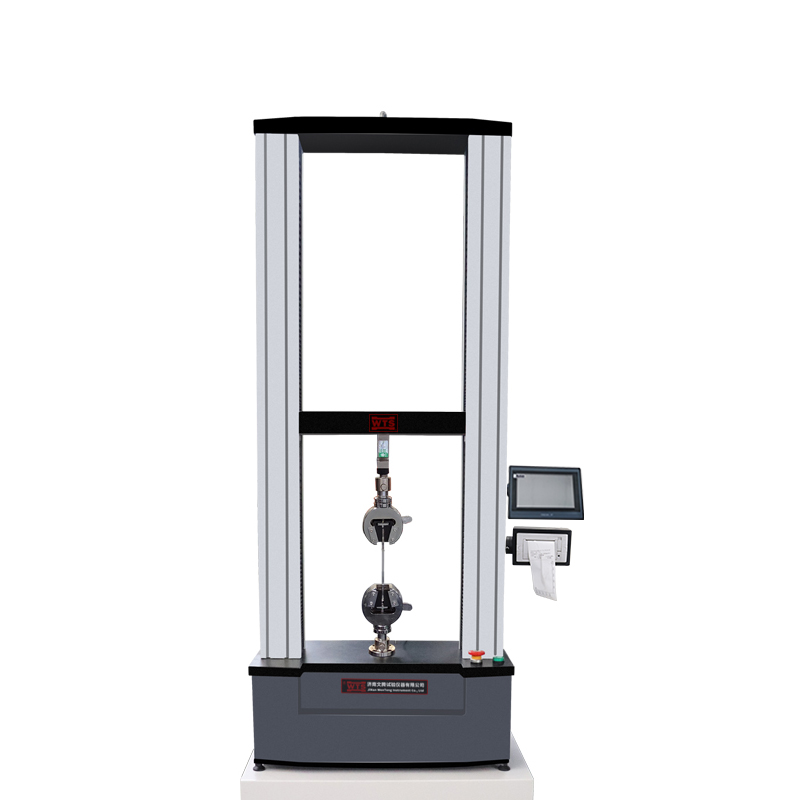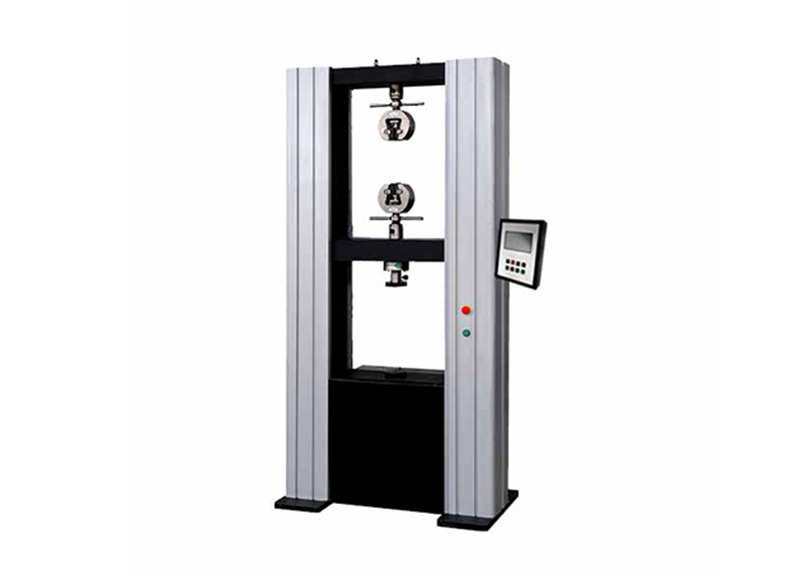Universal Testing Machine Price
The price of a Universal Testing Machine (UTM) is one of the most important considerations for laboratories, manufacturers, and educational institutions. Understanding what influences cost helps buyers choose a reliable machine without overpaying. UTM prices vary widely depending on capacity, technology, brand, and included accessories. This article outlines the primary cost drivers behind universal testing machines.
Capacity Range and Load Frame
Load capacity is the most direct price factor. A 10 kN bench-top machine designed for small plastic or textile tests may cost between a few thousand dollars, while a 1000 kN floor-standing machine for metals or concrete can reach tens of thousands. Higher capacity requires stronger materials, larger actuators, and reinforced frames, all of which increase manufacturing cost. Additionally, dual-column frames typically cost more than single-column designs because they offer better rigidity and test stability.

Type of Actuation: Electromechanical vs. Hydraulic
Electromechanical UTMs are powered by servo motors and screws, suitable for precise, low to medium-force testing. They tend to cost less to maintain and are widely used for plastics, composites, and metals up to about 600 kN.
Hydraulic UTMs use oil pressure for high-force applications. They cost more upfront due to the hydraulic system, pumps, and cooling components. However, they handle higher loads efficiently and are common in construction and heavy manufacturing labs.
Control System and Software
The control system defines how tests are run and how data are collected. Machines with manual controls are cheaper but limited. Fully digital, computer-controlled UTMs with touchscreen interfaces and automated feedback systems are more expensive but offer higher accuracy and automation.
Software licensing also adds to total price. Advanced analysis packages for tensile, compression, flexural, peel, or creep testing may carry separate costs. The more advanced the test data analysis software, the higher the final system cost.

Load Cell and Extensometer Quality
High-precision load cells and extensometers significantly impact accuracy. A cheaper load cell may meet basic standards, but laboratories requiring ISO or ASTM compliance need certified sensors with tight accuracy tolerances.
Automatic or clip-on extensometers with digital reading are more expensive than manual gauges, but they deliver precise elongation data for materials such as metals, composites, and rubbers.
Testing Standards and Certification
Machines capable of meeting multiple international standards—such as ASTM, ISO, EN, and JIS—often require more complex calibration and verification systems. Certified machines usually cost more because they undergo additional quality checks and documentation. For accredited laboratories, this investment ensures data validity and traceability.









